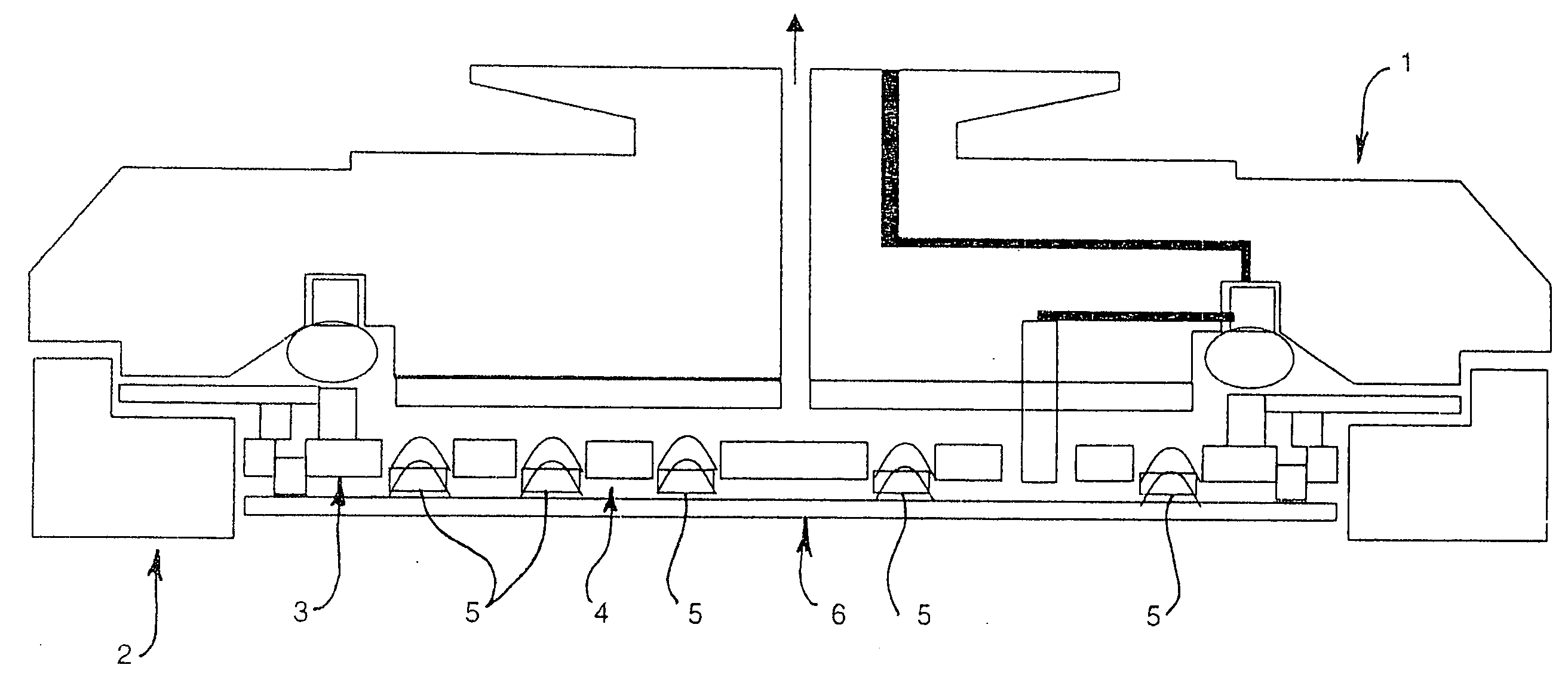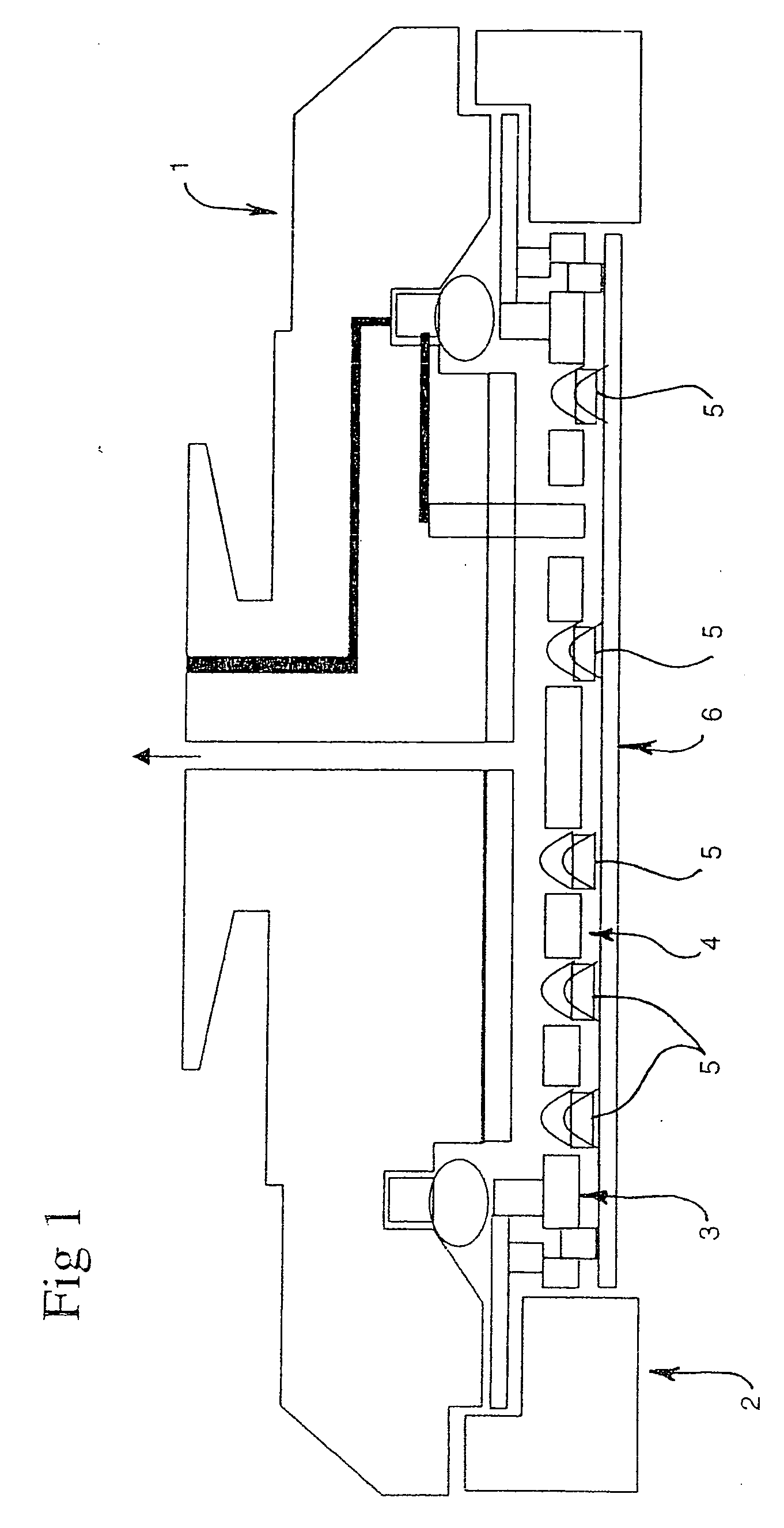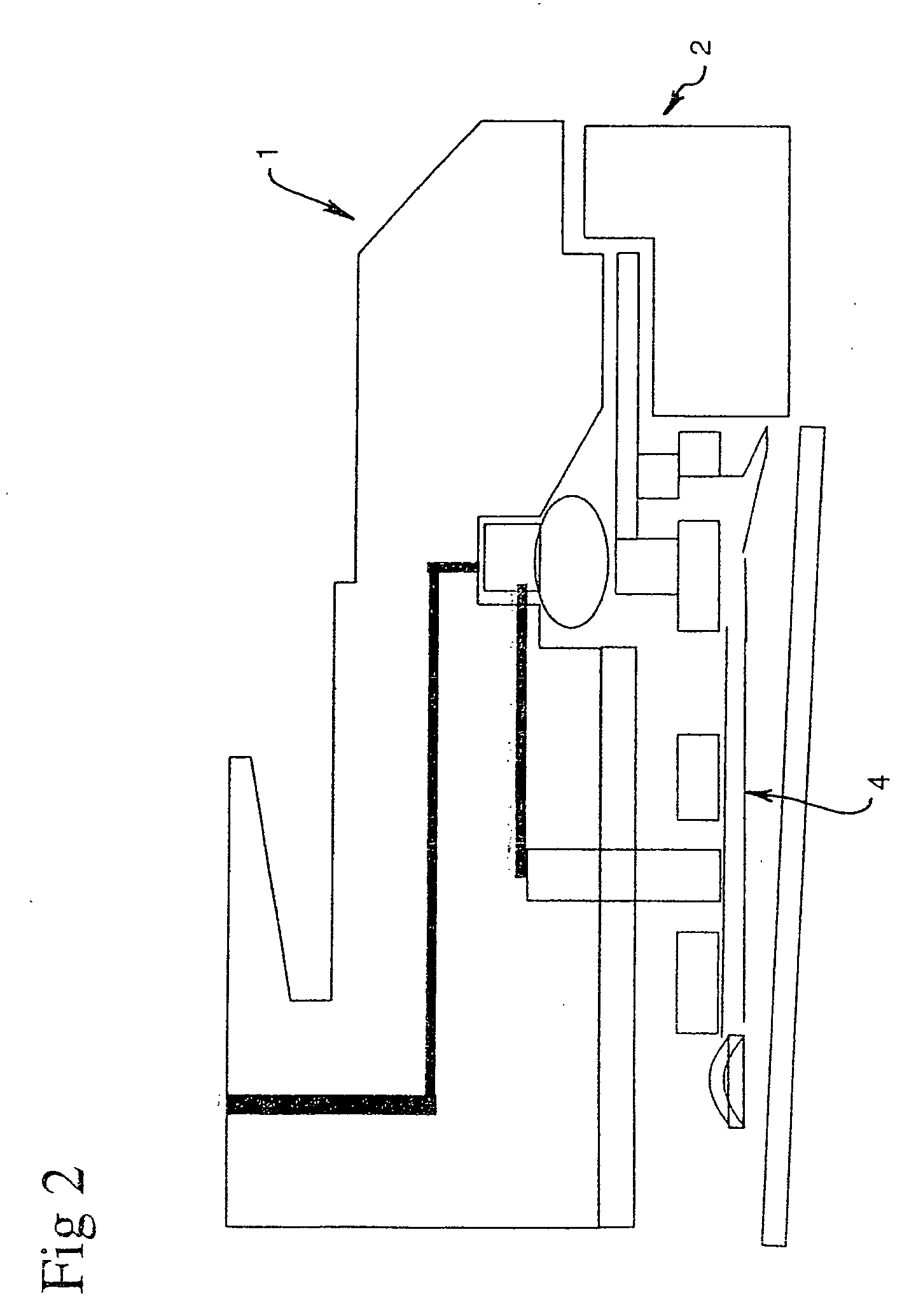Process for producing improved membranes
a technology of membranes and processing methods, applied in the direction of grinding machines, electrical equipment, basic electric elements, etc., can solve the problems of non-planar outer surface, non-planar further layers placed on the outer layer, and general thinness of silicon wafers that are subjected to the process, so as to improve the performance characteristics of the membranes and improve the performance of the carrier head
- Summary
- Abstract
- Description
- Claims
- Application Information
AI Technical Summary
Benefits of technology
Problems solved by technology
Method used
Image
Examples
example 1
[0069] In order to demonstrate the process of the invention a number of silicone membranes were subjected to the process of the invention. The silicone membranes were sourced from Applied Materials under Part Number 0021-77650. A group of 18 silicone membranes were subjected to varying temperature / time regimes and a number of physical properties were then measured. The regimes were: [0070] 1. Control—no treatment. [0071] 2. 50° C. for 60 minutes. [0072] 3. 70° C. for 60 minutes. [0073] 4. 80° C. for 60 minutes. [0074] 5. 90° C. for 60 minutes.
[0075] In each case the silicone membrane was removed from the packaging, wiped with a solution of 5% IPA in water to remove surface organic compounds. The surface was then wiped with de-ionized water to clean off any remaining surface residue. The membrane is then dried and heated at the required temperature for 60 minutes. At the end of the treatment the membrane is removed from the heat source and left to cool in a clean room environment (C...
example 2
[0078] A number of silicon membranes were prepared according to the general method outlined in Example 1. These were then subjected to a wafer grip test.
[0079] This typically involves placing a membrane on the carrier head and inverting it on a test surface. A transport cover is slid over the head and the wafer grip test function is activated. The retaining ring is then pressurized and presses against the cover. This is followed by the membrane being pushed against the cover by pressure until it presses flat on the cover to make full contact. The membrane is then subjected to vacuum which creates small suction cups with the help of a perforated backing plate which grips the cover. In order to rate a pass the membrane must stick to the cover for at least 1 minute. If the membrane fails it collapses immediately when the vacuum is applied.
[0080] For each membrane the grip test was performed 10 times. The applicants have found that the results of the grip test correlate to membrane pe...
example 3
[0082] As a result of the improvements demonstrated by the membranes treated by the process of the invention it was decided to take a batch membranes that had been subjected to the process of the invention. These were then trialled in a pilot scale laboratory under full factory operating condition. This was to enable to full number of wafer movements to be carried out to ensure that the date obtained was statistically significant. The results are shown as FIG. 3. As can be seen in FIG. 3 the prior art membrane had a rate of membrane failure such that there were 3.35 wafer slips per 10,000 membrane movements. Following replacement of the prior art membrane with membranes that had been treated thus reduced to 1.47 wafer slips per 10,000 movements. This demonstrates the efficacy of the process of the invention in improving flexible membrane performance.
PUM
| Property | Measurement | Unit |
|---|---|---|
| temperature | aaaaa | aaaaa |
| temperature | aaaaa | aaaaa |
| temperature | aaaaa | aaaaa |
Abstract
Description
Claims
Application Information
 Login to View More
Login to View More - R&D
- Intellectual Property
- Life Sciences
- Materials
- Tech Scout
- Unparalleled Data Quality
- Higher Quality Content
- 60% Fewer Hallucinations
Browse by: Latest US Patents, China's latest patents, Technical Efficacy Thesaurus, Application Domain, Technology Topic, Popular Technical Reports.
© 2025 PatSnap. All rights reserved.Legal|Privacy policy|Modern Slavery Act Transparency Statement|Sitemap|About US| Contact US: help@patsnap.com



